LCD
Latest

Sony's 'super-large' 8K TVs are coming home this year
This year at CES Sony is one of the TV makers jumping into 8K with two "super-large" Z9G displays that are big enough, at 98- and 85-inches, to make use of the format's 33-million pixel resolution. According to Sony, these screens have "completely new" full array LED backlighting, plus a Picture Processor X1 Ultimate to manage the signal and upscale any lower-res video, which is important since 8K content will be hard to find for a while. Sony didn't mention much about content, but they are ready for IMAX Enhanced content, which will be available via the Privilege 4K service in the spring, and all of its TVs have support for Netflix Calibrated Mode. Plus, like so many other TVs we're seeing this week, all of the Sony models announced here will get support for Apple AirPlay 2 and HomeKit later this year. That high-res screen is surrounded by four speakers, with two at the top and two at the bottom, which Sony says can deliver an experience similar to its OLED TVs that deliver "Sound-from-Picture"reality. Assuming you have a home theater speaker setup (and for TVs like these we'd expect you would), it can also make the TV a center channel. It didn't call out support for HDMI 2.1 in the press release, but with 8K, as well as home theater equipment supporting features like Enhanced Audio Return Channel (eARC), we'd bet on having it.

Live from LG's CES 2019 press event!
The CES 2019 madness is kicking off with LG's press conference today. As we found out earlier this week, the company will be showing off its new OLED and LCD TVs, including two 8K sets. Rumor has it LG could be ready to unveil a foldable phone, though don't be disappointed if that doesn't actually happen here in Las Vegas. It may be waiting to introduce it later in the year, when it wouldn't have to compete for attention with the thousands of other gadgets being announced. Either way, we'll find out together and bring you the news as it happens at 11AM ET / 8AM PT. Keep your eyes on this page.
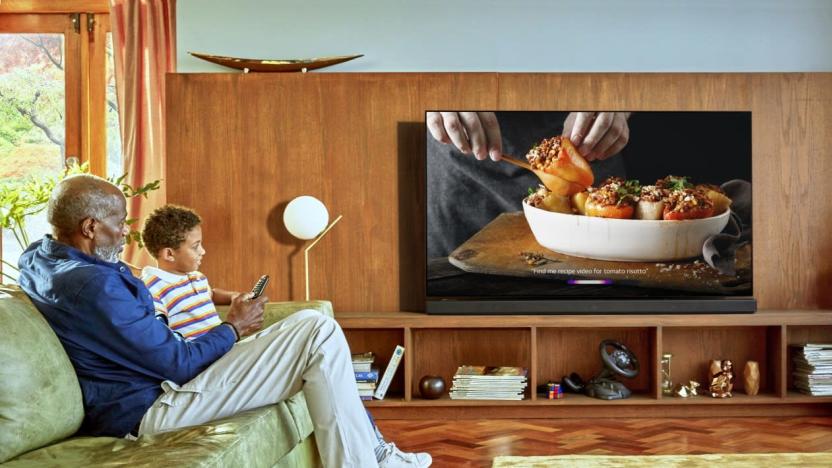
LG's 2019 TVs add HDMI 2.1 and 8K
CES 2019 hasn't started yet, but LG is already drip-feeding information about this year's OLED and LCD TVs. While it didn't mention the rollable OLED we're expecting, it did list model numbers for two 8K sets, with an 88-inch Z9 OLED and SM99 8K LCD TV on the way. There's no word on price yet, but the big confirmation is that thanks to HDMI 2.1 ports, all of its 2019 OLED TVs and "selected" NanoCell LCD TVs will support high frame rate (HFR) 120fps video inputs. Other features in the new standard include an enhanced audio return channel (eARC) as well as variable refresh rate (VRR) and automatic low latency mode (ALLM) to keep gamers happy. If you're snagging one of the new 8K TVs, you'll just be pleased to know you won't have to plug in four HDMI cables to get everything connected. The NanoCell name is a new brand for LG's high-end LCD TVs (SM9X and SM8X) with enhanced color, viewing angles and thin bezels. As usual, LG is also talking up its AI capabilities with Thinq technology, and a new Prime Video button on its Magic Remote that ties in directly to Amazon's Alexa routines.
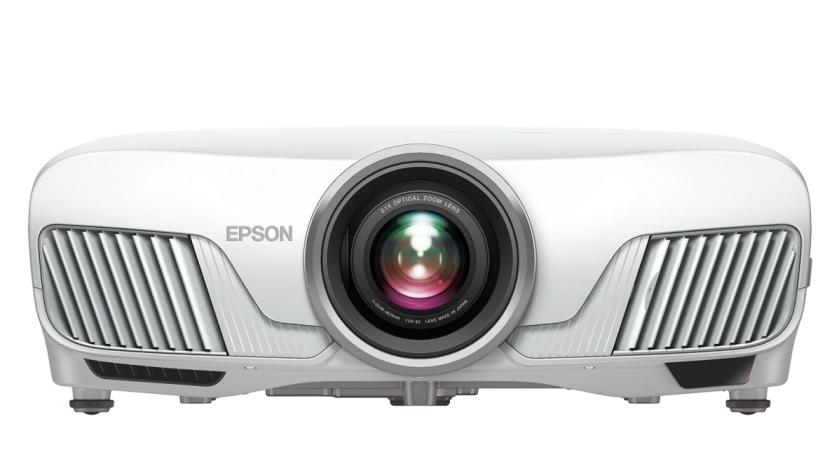
Epson's latest LCD projector does 4K for $2,000
If you need another option for a 4K projector that won't completely break the bank, Epson recently introduced this Home Cinema 4010. Like the BenQ HT-2550 projector we reviewed earlier this year, it's doing a bit of trickery to hit that 4K-resolution number. While Epson uses three LCDs instead of DLP, it's still applying "pixel shifting" to the output of three 1080p microdisplays. I haven't seen this projector or its slightly pricier Pro Cinema 4050 sibling introduced at CEDIA, but in my experience, it's very difficult to tell apart from native 4K projector technology in practice.

Japan Display built a 1,001-ppi screen for VR headsets
Japan Display (JDI) has unveiled plans for high resolution LCD screens that could substantially improve the displays found in current VR headsets. JDI -- a joint enterprise made up of Sony, Toshiba and Hitachi -- says it's developing a 3.25-inch 1,001 ppi (pixels per inch) LCD, which will also purportedly feature lower latency and energy consumption levels. According to JDI, these are the key ingredients required to unlock natural-looking video on higher resolution displays.
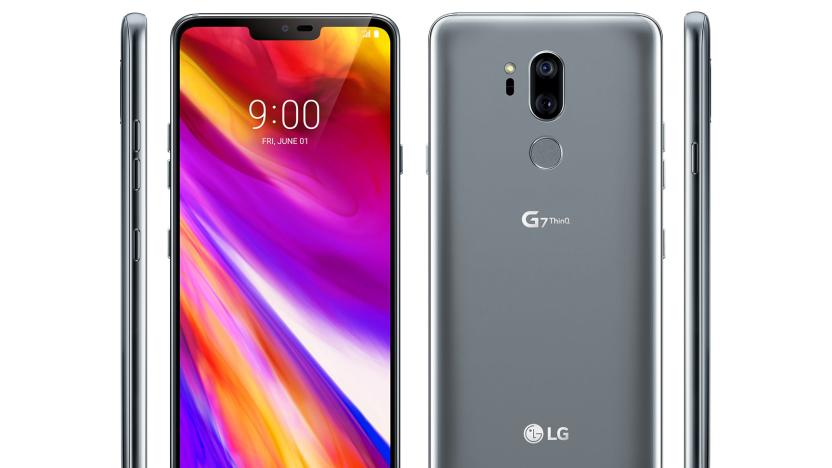
LG G7 ThinQ will come with a super bright display
LG, as per its tradition of teasing its upcoming flagship smartphones, has yet again dished out some tidbits about the G7 ThinQ ahead of launch next month. Specifically, the latest tease is all about the device's display, which will come in at 6.1 inches large with a QHD+ (3,120 x 1,440; 19.5:9) resolution -- part of which will indeed be occupied by a notch, as shown again by a recent @evleaks tweet and now confirmed by a couple of official screenshots. What's more interesting is that you'll be able to crank this LCD up to 1,000 nits -- beating the 400- to 700-nit brightness peaked by most other smartphones -- thus making it easier to read under bright sunlight.

The story of the Duke, the Xbox pad that existed because it had to
Denise Chaudhari had never touched a gamepad before stepping onto Microsoft's campus as a contractor. The first woman to join the Xbox team, Chaudhari had studied ergonomics and industrial design at the prestigious Rhode Island School of Design but didn't have any experience with joysticks. That's part of why Xbox's Jim Stewart was so excited to bring her on board: Her ideas wouldn't be based on preconceived notions of what a gamepad had to be. It was early 2000, and the company was preparing to enter the gaming world with the Xbox. In Nov. 2001, the console was released in North America alongside the Duke, a controller that seemed comically large compared to its contemporaries. Within a year, the oversize gamepad was abandoned by Microsoft and replaced with a smaller model, but the Duke has had an impact on every controller since.
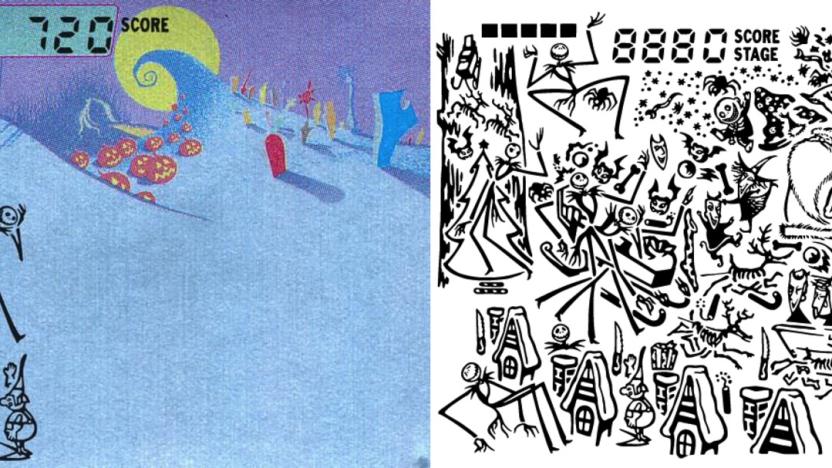
Internet Archive is saving all your favorite handheld LCD games
The Internet Archive has been saving gaming history for a while now. It's archived Amiga games (and apps), Macintosh stuff from the '80s (including Space Invaders) and a ton of other retro games you can play for free. Now the group has started collecting handheld games like Pac-Man, Donkey Kong and Space Jam while also making them available to play in your web browser via MAME emulation.

Apple reportedly invests in its own MicroLED screens
Apple quietly acquired a company called LuxVue in 2014 that was working on low-power MicroLED display technology. A report by Bloomberg indicates that development has continued and that Apple is making a "significant investment" in the new technology with an eye toward including them in devices like the iPhone or Apple Watch in a few years.
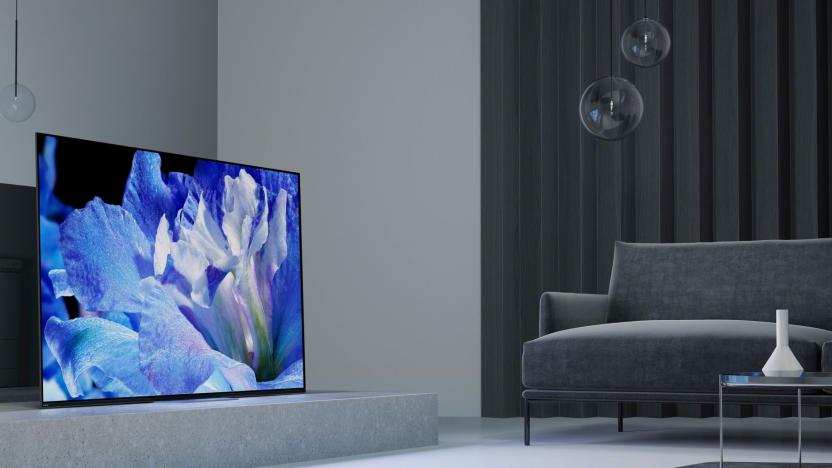
Sony's 2018 4K TVs keep the focus on OLED, HDR and Android
Last year Sony kicked off the year by adding OLED and HDR to its lineup, then later pushed Google's Assistant AI as an upgrade for its Android TV platform. In 2018 the company is sticking to those basics on its latest 4K TVs with a few tweaks. It will once again offer OLED TVs in 55- and 65-inch sizes, this time with an updated version of its technology that broadcasts sound directly from the display itself. Now dubbed "Acoustic Surface," this A8F series appears to pack the upgraded version of Crystal Sound that LG Display is showing off, with support for 3.1 channels of audio instead of the A1E's 2.1. There's no word yet on price, but last year's models launched at $5,000 and $6,500, and currently sell for around $3,000/$4,000.
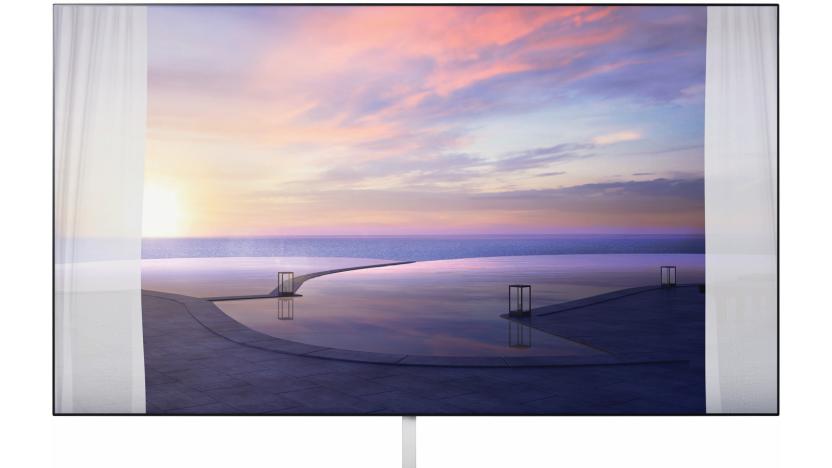
LG's 2018 4K TVs include AI and smarter HDR
After a fair amount of teasing, LG is ready to take the wraps off of its 2018 4K TV lineup -- and in many ways, it's an evolution of what you saw last year. Its flagship OLED lines (the Signature-badged W8 and more-conventional E8) and the LCD-based SK9500 have designs that are largely familiar to their predecessors but carry some significant upgrades under the hood. The centerpiece, as LG mentioned earlier, is AI: All three lines support deep learning and Google Assistant control to allow for natural language voice control over everything from the TV itself to smart home devices. They also bring active HDR that improves the image quality of HDR10 and Hybrid Log Gamma content by analyzing individual images.
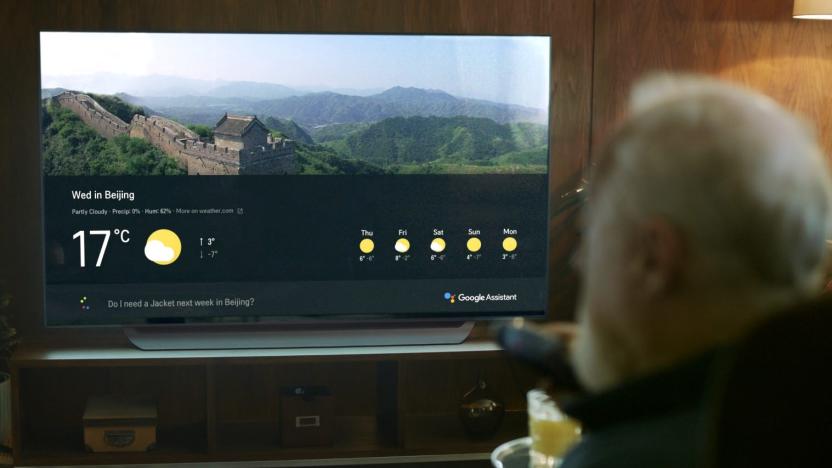
LG's 2018 TVs get faster and smarter with Google Assistant, Alexa
LG's TVs have taken home our Best of CES Award for three years running and in 2018 the company is ready to take on all comers once again. As with all home electronics of the current era, the company's new televisions are AI-ready with LG's ThinQ technology, but you'll probably be more interested in their support for bigger-name assistants like Google Assistant and Amazon Alexa. The top of the line OLED TVs will have its new "Alpha 9" processor inside that's not only powerful enough for AI, but also ready to push video at high frame-rates of up to 120FPS. The chip also claims better color performance and "four-step process of noise reduction" although we'll be interested to see if it can be disabled to avoid any artifacts or motion-smoothing type impact on picture quality.
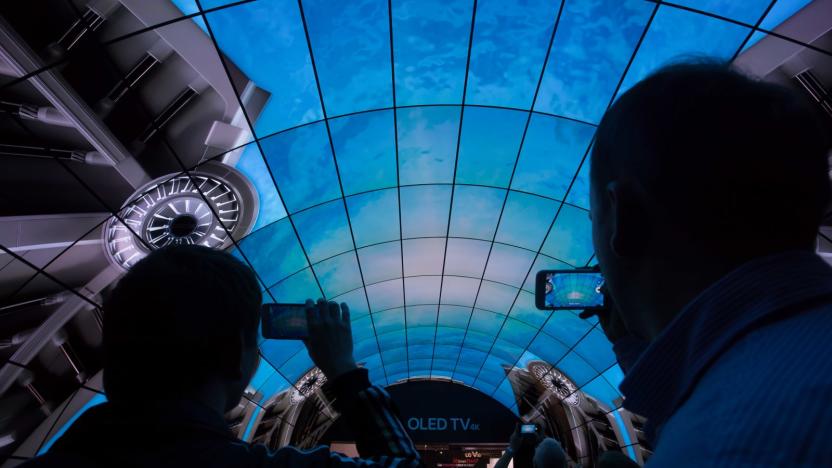
Make the jump to 4K and HDR in 2018
After years of hype, 4K video finally became something that mattered to consumers in 2017. But it wasn't just the pixel bump from HD video that made the difference. HDR, or high dynamic range video, along with support for a wider range of colors, ushered in some massive visual upgrades. Altogether, they add up to the home theater evolution we've been waiting for since the dawn of the high-definition era. And in 2018, it'll be something everyone can enjoy.

Artificial iris responds to light like real eyes
The human iris does its job of adjusting your pupil size to meter the amount of light hitting the retina behind without you having to actively think about it. And while a camera's aperture is designed to work the same way as a biological iris, it's anything but automatic. Even point-and-shoots rely on complicated control mechanisms to keep your shots from becoming overexposed. But a new "artificial iris" developed at Tampere University of Technology in Finland can autonomously adjust itself based on how bright the scene is.

Teddy Ruxpin's LCD makeover is occasionally charming
Teddy Ruxpin may be one of the iconic toys of the eighties but, let's face it, he was in need of a little update. After all, kids are used to looking at screens and a lot of them don't even know what a cassette tape is. Wicked Cool's new Teddy gets a bit of a 21st century makeover by baking LCDs right into his adorable furry face. He still reads stories to your kid, but now his eyes can say a lot more.
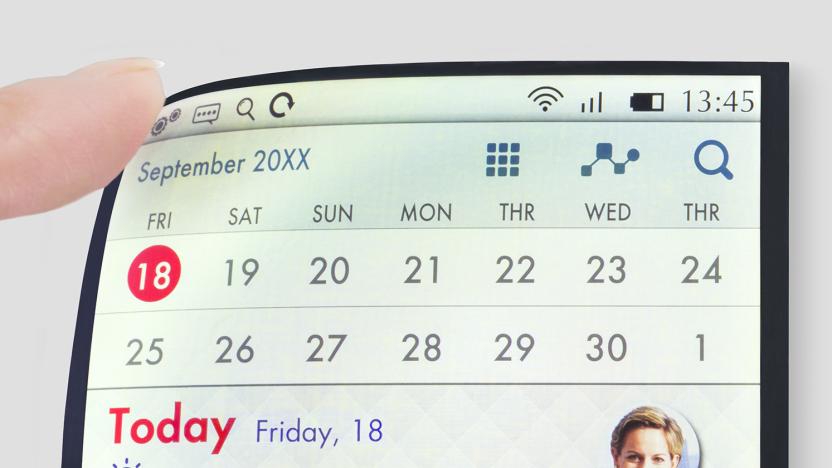
Japan Display battles Samsung's OLED with curved LCD screens
One of Apple's main screen suppliers, Japan Display Inc. (JDI), has revealed a 5.5-inch LCD smartphone screen that can be bent like OLED displays from Samsung and LG. While not quite as flexible and thin as OLED, the "Full Active Flex" 1080p screen could be used in phones with curved screens like the Galaxy S7 Edge, the company told the Wall Street Journal. LCD is a lot cheaper than OLED, so you could see a lot more curved phone designs when it starts manufacturing the panels in 2018.

ASUS' new displays include one with a wireless charging pad
ASUS didn't show all its cards at its CES event. The computing giant has unveiled a pair of high-end desktop displays that each have their own clever tricks. The Designo Curve MX38VQ (above) is arguably the star if you're an everyday user: the 37.5-inch, 3,840 x 1,600 monitor packs a Qi wireless charging pad to top up your smartphone. We've seen charging before, but not on a screen this big and wide. It also packs a "frameless" panel and Harmon Kardon-boosted speakers (albeit a modest 8W) if you're tight on space.

Sony adds cheaper 4K TVs to its lineup
Sony started 2016 by showing off some high-end 4K TVs with HDR, and with the arrival of summer it's time to see cheaper versions pop up on store shelves. The company says the new 800D, 750D and 700D are entry-level models for its premium XBR line, however only the 800D TVs will ship with HDR-10 support that offers enhanced colors and contrast on things like Ultra HD Blu-ray, Netflix/Amazon streaming and even some games -- the other two versions will get it in a firmware upgrade later this year. They're all Android TVs just like their higher-end cousins, with support for Google Cast and even Logitech's Harmony Hub app.

Sony aims to reinvent its LCD TVs to match OLED rivals
CES has a lot of TVs. So many TVs. Huge ones. 8K ones. HDR-capable ones (and not). In the midst of all that confusion, one thing has been constant: the increasing presence of OLED. LG is making more OLED TVs, Samsung is using quantum dot LED displays (while also tinkering with the same tech as its Korean rival). Sony? Well, it's sticking to LCD for now. But it's planning to rival (if not best) the more advanced OLED technology with its Backlight Master Drive (BMD). Sounds like a sci-fi MacGuffin, but it might be the company's biggest TV gambit in a while. To hear what it was all about, I was bundled into a very dark room with one very bright prototype TV.

Here's the world's first monitor running on just USB Type-C
Single-cable USB monitors have been around for a while, so it was only a matter of time before someone came up with a USB Type-C update. As it turns out, ASUS is the first to announce such a product. Following the MB168B+ from about two years ago, this new MB169C+ portable display features the same 15.6-inch screen size and 1080p resolution, but the old TN panel has finally been upgraded to IPS for much improved colors and viewing angles. ASUS' iconic spin metal design is here to stay, and likewise with the mere 800-gram weight plus 8.5mm thickness -- just a tad more than its predecessor's 8mm.











